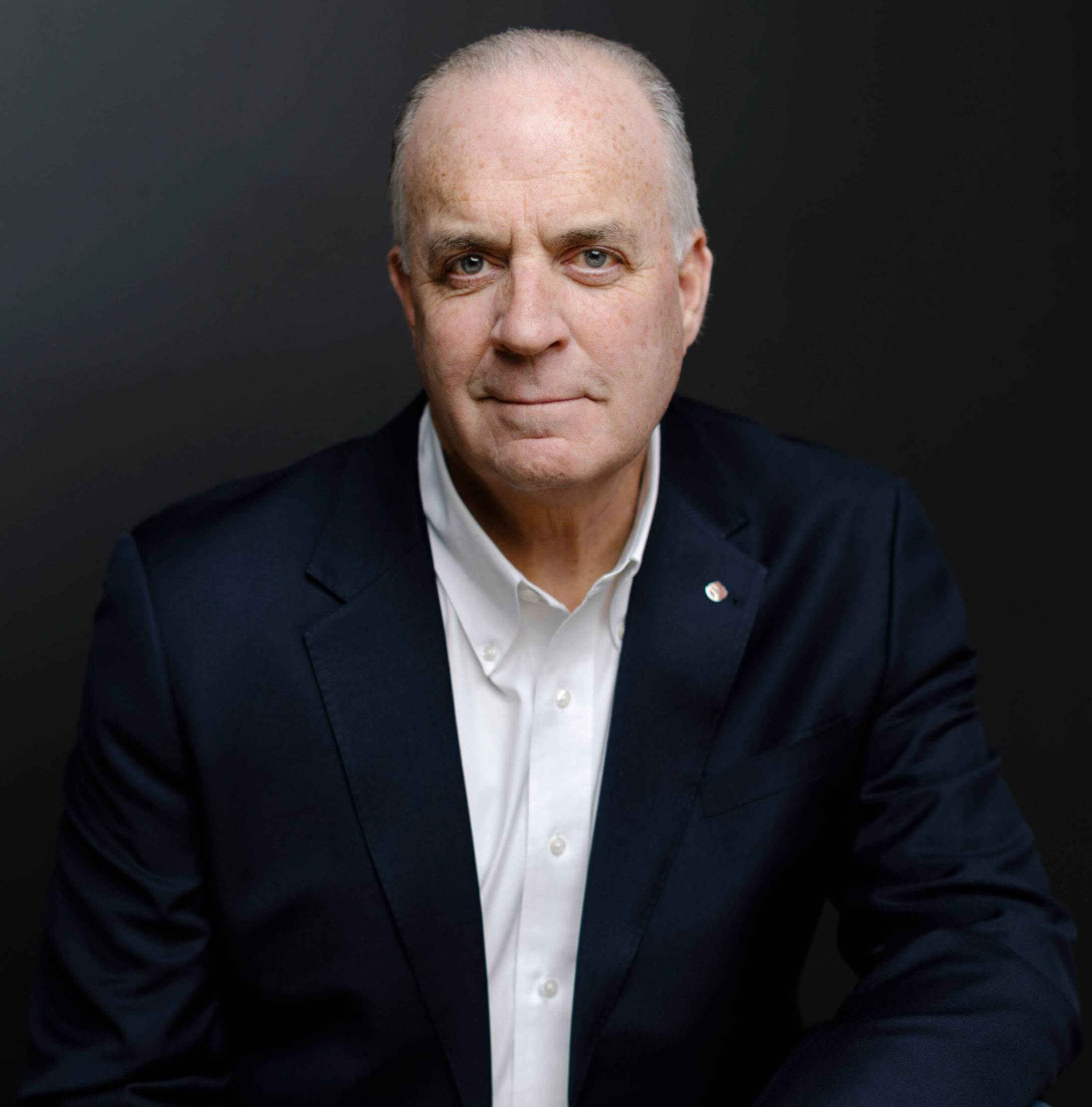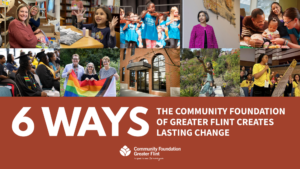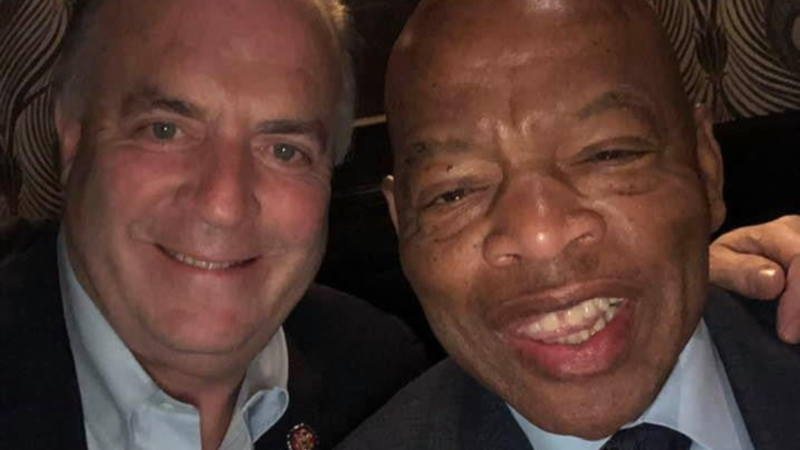
By Dan Kildee, President & CEO
What I’ve had to come to know over the years is that I didn’t miss the most transformational movements in our country’s history. It’s not history yet.
I first came to know John Lewis from a distance—from those grainy black-and-white images of the March on Washington.
That young man, leader of the Student Nonviolent Coordinating Committee, stood among his elders and came to the podium with a strong, impatient voice.
He was encouraged to temper himself in that speech. He didn’t—because he knew the young people he represented had to be heard.
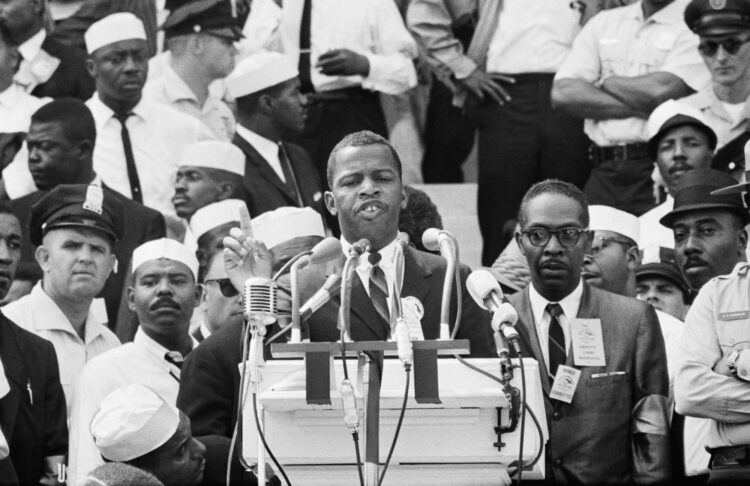
That’s when I first knew who John Lewis was. He seemed like an incredible character in American life. Later, through my uncle who served in Congress, I met him. I never imagined I’d one day serve in Congress myself, working alongside John Lewis.
Over time, I got to know him as a person and as a friend. I discovered that the images that you saw of John— that projection of love and kindness, was not an act.
That’s a powerful part of John’s story—because while he was a passionate advocate for justice, and carried anger born of experience, he never let that anger poison him. He treated his opponents with dignity and respect, even when they hadn’t earned it.
On this anniversary of his passing, I want to share a few moments that remind me of who John was—and who we must continue striving to be.
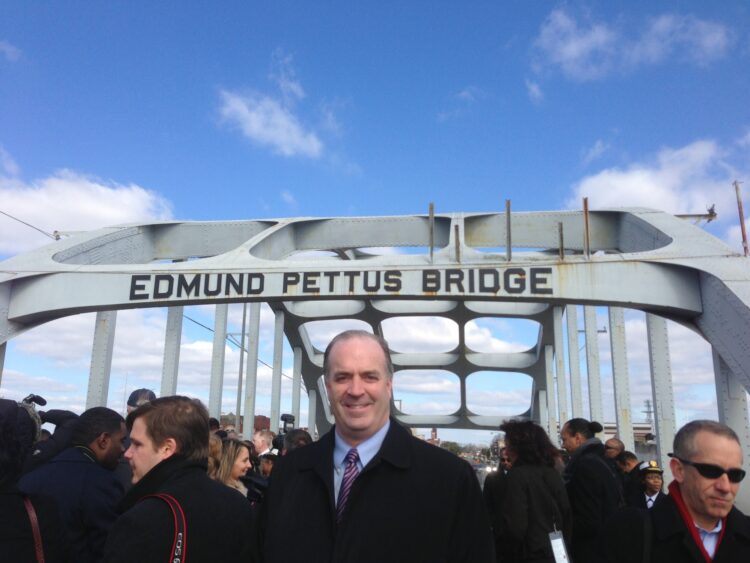
The Badge
Not long after I arrived in Congress in 2013, John invited me to Selma for the annual reenactment of the March across the Edmund Pettus Bridge. We walked that bridge together.
Later, when we went to the church in Montgomery where the marchers had been heading, the highest-ranking official present was the Chief of Police.
The Chief of Police was tasked to give a welcome on behalf of the city. That was the moment when I realized that what I thought was history wasn’t history yet. He took his badge off his uniform, called John up to the front, and reminded John and all of us that when John Lewis had arrived in Montgomery a few decades earlier, the Chief of Police hadn’t been wearing the blue police uniform. That police department traded in their police uniforms for a different kind of uniform, cloaked in white with masks over their faces. They had nearly beaten John Lewis to death.
And then, the Police Chief gave John his badge as a token of apology.
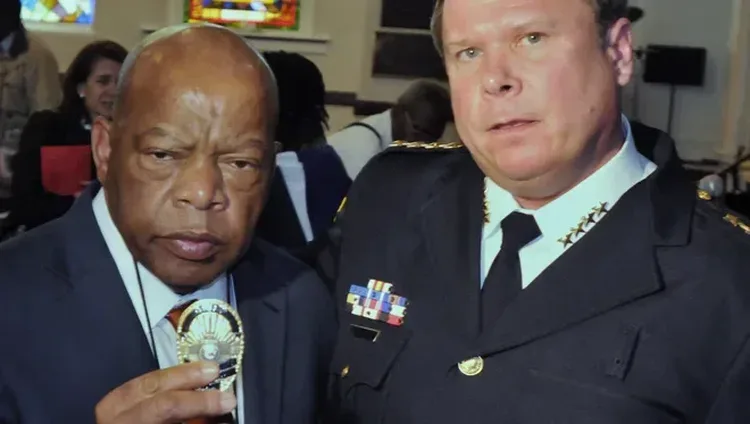
You might think that’s the moment I remember most. But what really stayed with me was how John responded. He was gracious. He forgave the Police Chief’s predecessor. He asked if the Police Chief could get another badge, and if it would be okay for him to keep it.
His kindness poured out into that church. A moment that could’ve reminded us of ugliness became a moment of grace. John represented that more than anything.
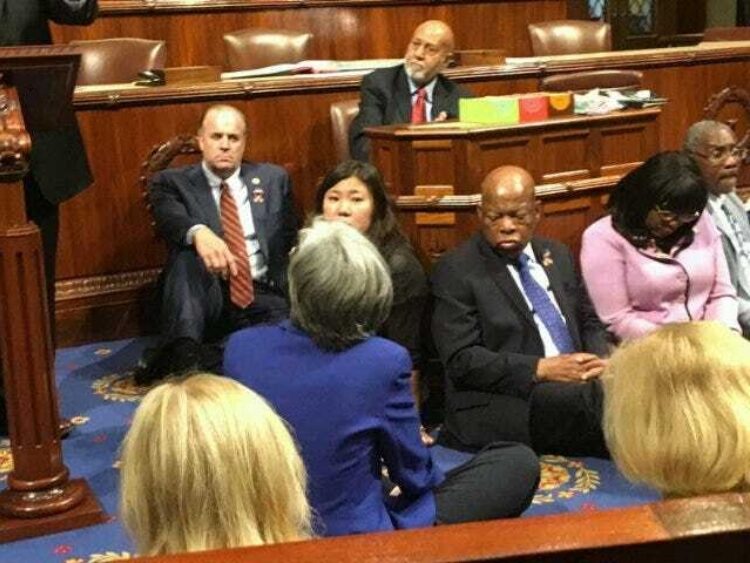
The Sit-In
In 2016, we were on the floor of the House of Representatives, and it was the day after the terrible shooting at the Pulse nightclub in Orlando. John, a man of great faith, had become, like many of us, exhausted by moments of silence, followed by days of silence and weeks of silence following these terrible acts of violence.
So we sat down on the floor of the House of Representatives. About 40 of us at first. We stayed there for 26 hours to say: no more moments of silence. The struggle continues, of course.
When we finally stood up, it was because John said the point had been made. And he asked a question, quoting from Dr. King’s book: “Where do we go from here?”
For John, the answer to that question was: “We have to legislate.” He would say it again and again: “Legislation, legislation, legislation.”
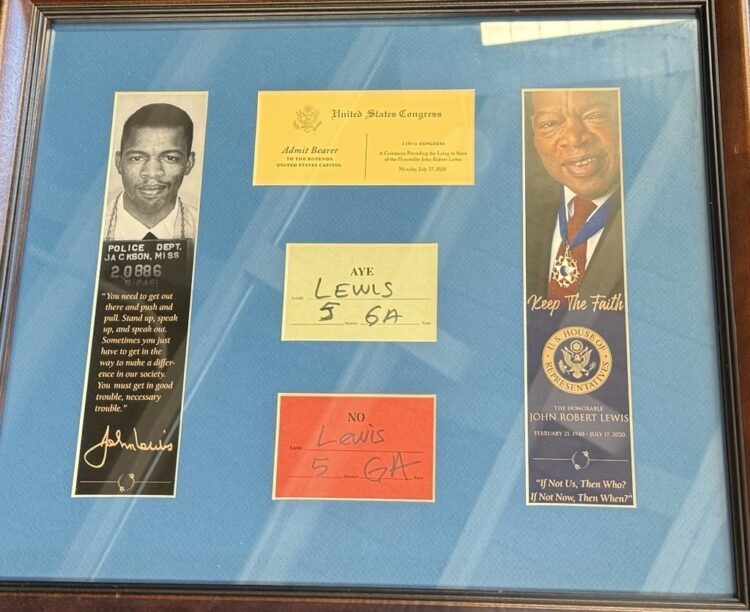
The Votes
I’ll just give you one more little story about John—because it’s the one I carry with me most.
It was really hard for those of us who were close to him when we found out he was sick. That happened right as the pandemic began. Congress had adopted a rule to help protect members with health conditions, allowing them to designate someone else to carry their vote to the House floor.
And John—this man whose entire life was defined by the right to vote, who called it the “precious, almost sacred” right—asked me to carry his vote. Me. A kid from the west side of Flint, from Genesee Street.
I knew we were friends, but I guess I didn’t realize just how close we’d become.
Every time the vote bell rang, I’d call John for his direction. Of course, it was always the same way I would’ve voted—even if I didn’t know it yet. And every time, John would thank me.
He’d thank me.
And I’m thinking to myself, “Are you kidding me, John? I should be thanking you.”
So I would go to the House floor and say, “Dan Kildee, on behalf of the Fifth District of Michigan, votes yes.” Then I’d say, “As a person designated by the gentleman from Georgia, Mr. Lewis, I cast his vote.”
If you ever visit my office at the Community Foundation, you’ll see two cards on the wall—John’s last two voting cards. Why do I mention that? It’s because John asked me to carry his vote. His vote was his voice. He didn’t tell me that I should stop when his life ended.
He had incredible intellect, incredible wisdom, incredible goodness. He preached love. He was joyful in the battle. So let me ask you to be like John Lewis. Act as John would have, fight hard, never give up, never ever quit—but do it with joy, with love, and compassion. Understand that we can’t fight a battle for a more just and fair society if we’re not willing to live by those words.
So now I’m asking you: will you help me keep my promise to John Lewis?
Let’s carry John’s vote.

